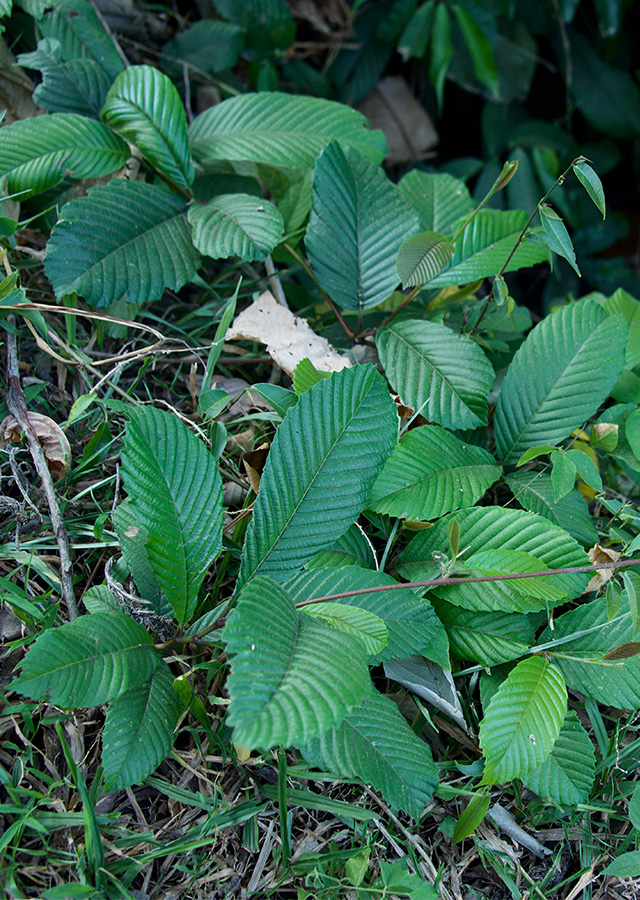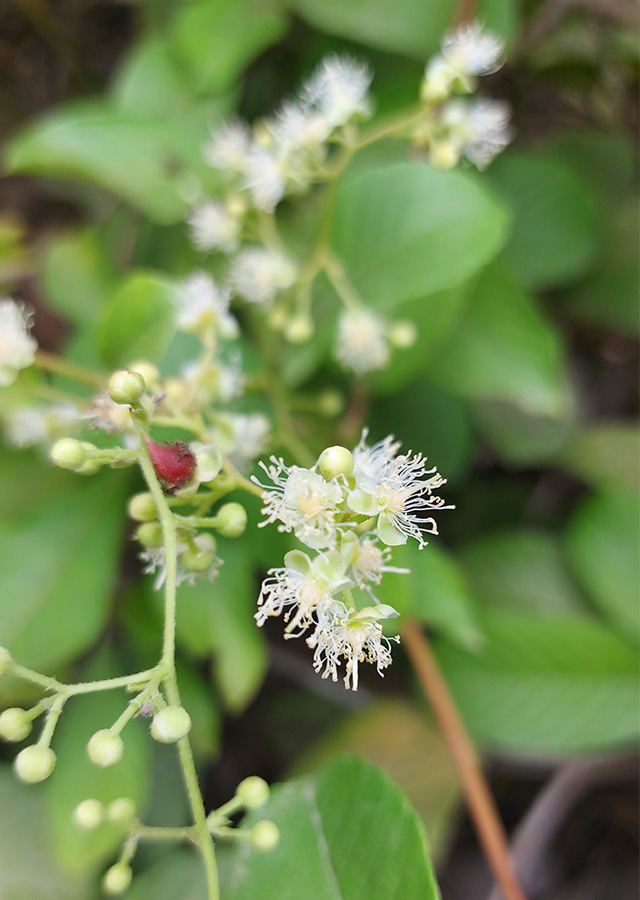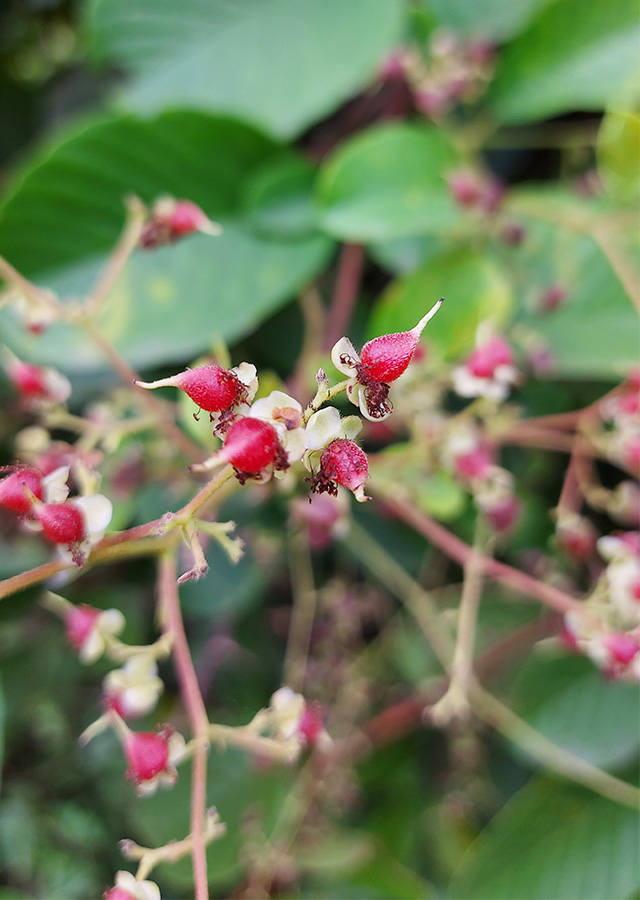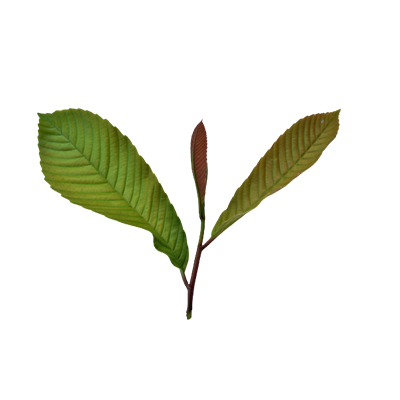Stone Leaf
Tetracera scandens (L.) Merr.
Dilleniaceae
Location in our garden
Principal



Synonym
Delima aspera (Lour.) Blanco
Tetracera aspera (Lour.) Raeusch.
Trachytella actaea DC.
Habitus
Climbers. An evergreen climbing vine, perennial, can grow up to 30 m in length
Part Used
Leaves
Bark
Roots
Stem
Growing Requirements
Full Sunshine
Need Shade
Habitat
Riverbanks
Forest
Coastal
Shrublands
Overview
Stone leaf is a shrub species of which various parts have been used for traditional medicine and used locally as a sandpaper. The plant spreads all over China, India, Malaysia, Vietnam, Philippines, Myanmar, Thailand, and Indonesia.
Vernacular Names
Mao guo xi ye teng (Chinese), Mempelas kesar (Malay), Malakatmon (Philippines), Cay day chieu (Vietnamese), Akar mempelas (Ind.), Daun api (Mal.), Ki Asahan (Sund.), Kraka, Singaran (Jaw.), Gumi Uku (Tern.)
Agroecology
Stone leaf is a creeper or climber in thickets and secondary forests, a woody climbing plant, producing stems growing up to 30 m long, especially on riverbanks and near the seacoast. In more open vegetation forming small shrubs growing only 2 m tall in areas of open vegetation. Found at elevations from sea-level up to 1,000 m, but rarely above 500 m.
Morphology
- Bark - thin, flaky, reddish brown.
- Leaves - leathery, harsh, oblong-ovate to oblong-elliptic, 6 to 12 cm long, toothed at the margins.
- Flowers - numerous, white, about 8 mm in diameter, borne on terminal, and axillary panicles, 10 to 25 cm long.
- Fruits - oblong-ovoid, pointed, nearly 1 cm long, containing one hairy seed.
- Seeds - ovoid, 4 x 3 mm across, shining black, aril 2-3 mm long, fimbriate.
Cultivation
Propagation is through seed, stem cutting and root cutting.
Chemical Constituents
Alkaloids, terpenoids, phenols, and flavonoids (kaempferol, quercetin, isoscutellarein, hypoletin, astragalin, genistein).
Traditional Medicinal Uses
Medicinal Uses
- Stem extract has a potency as antibacterial agent against Staphyllococcus aureus and Escherichia coli.
- The plant is used in the treatment of rheumatism, lowering blood pressure, inflammatory diseases, hepatitis, internal pains, urinary disorders, dysentery, childbirth, sore throat, gout and diabetes infirmities.
Traditional Uses
- In Malaysia, the leaves are applied to boils to ripen them, a decoction of the plants administered after childbirth. The roots are used as an astringent in diarrhoea, and the juice of it is applied to mouth ulcers.
- In Indonesia, the finely crushed young shoots are made into a poultice and put on bites of poisonous snakes. The sap of the stem is used as a cough medicine.
- In Philippines, an infusion of the stem is drunk against tuberculosis, used as a gargle against thrush. Externally, applied to a sore throat.
- In Cambodia, the stem is used as a diuretic.
- In Vietnam, the root and stem are used to treat hepatitis, swelling, and gout.
- In India, juice of aerial portion is given orally once a day in burning sensation during urination.
Part Used
Reference Sources
- Heyne, K. 1987. Tumbuhan Berguna Indonesia. Badan Litbang Kehutanan Jakarta. Jilid III. p.1359.



